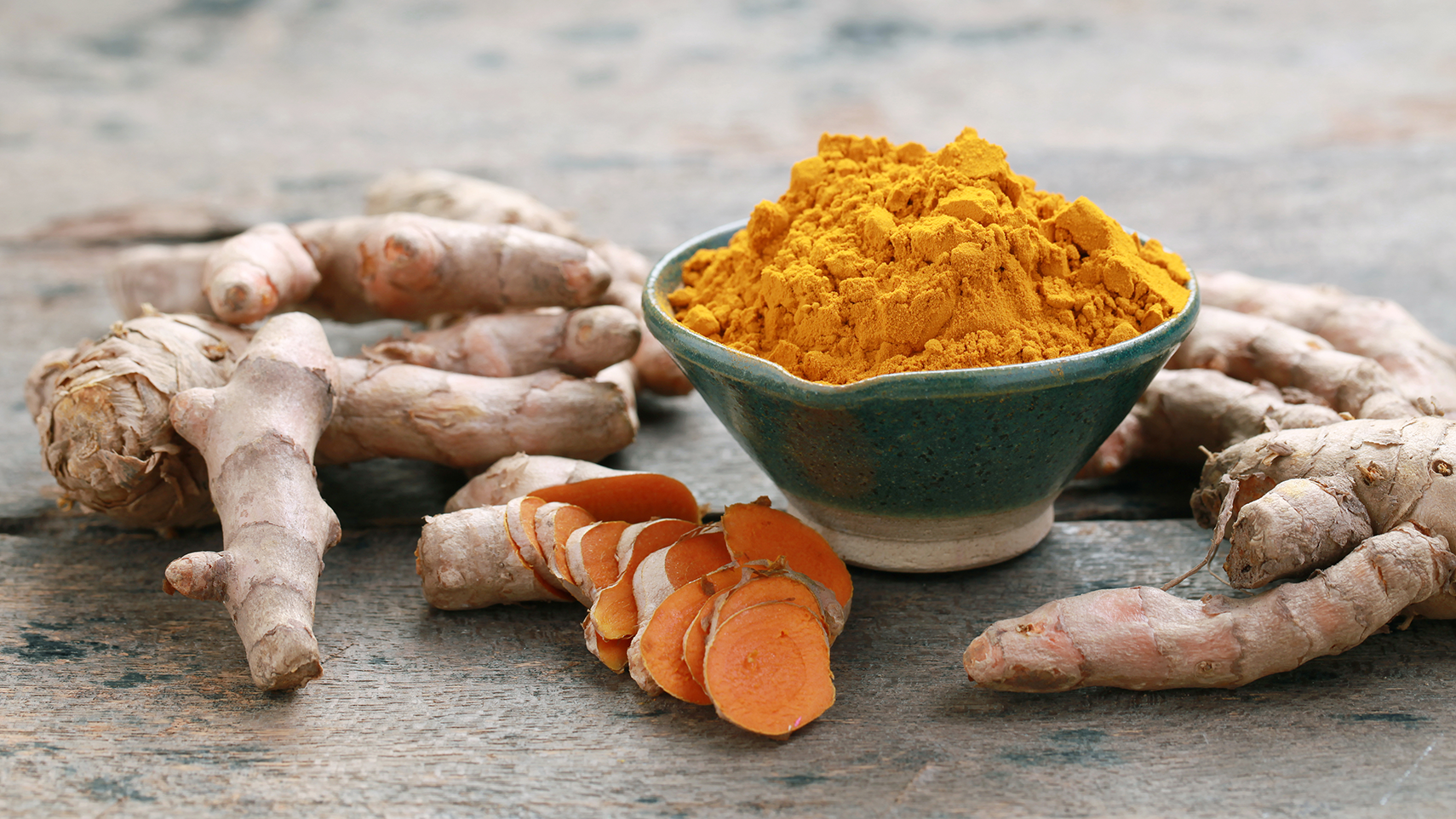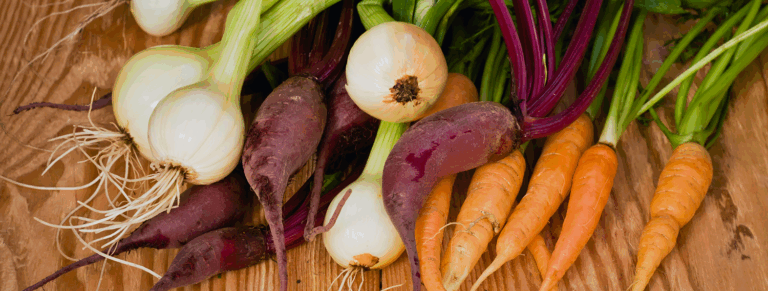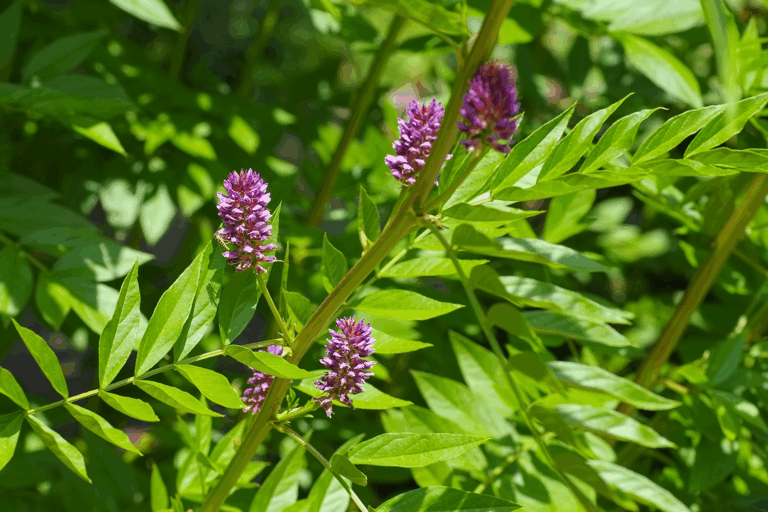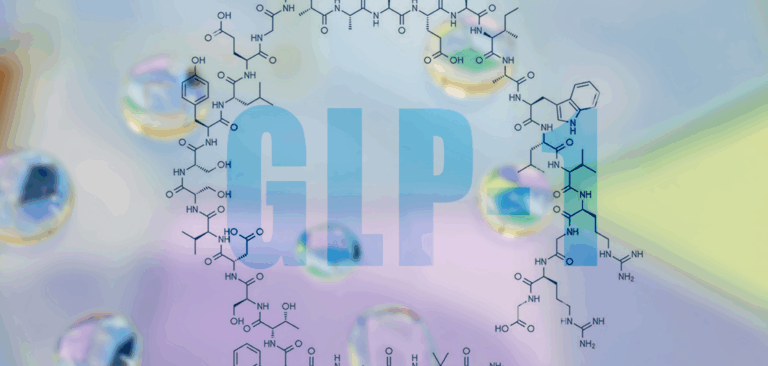Optimizing Curcumin Bioavailability for Improved Clinical Outcomes
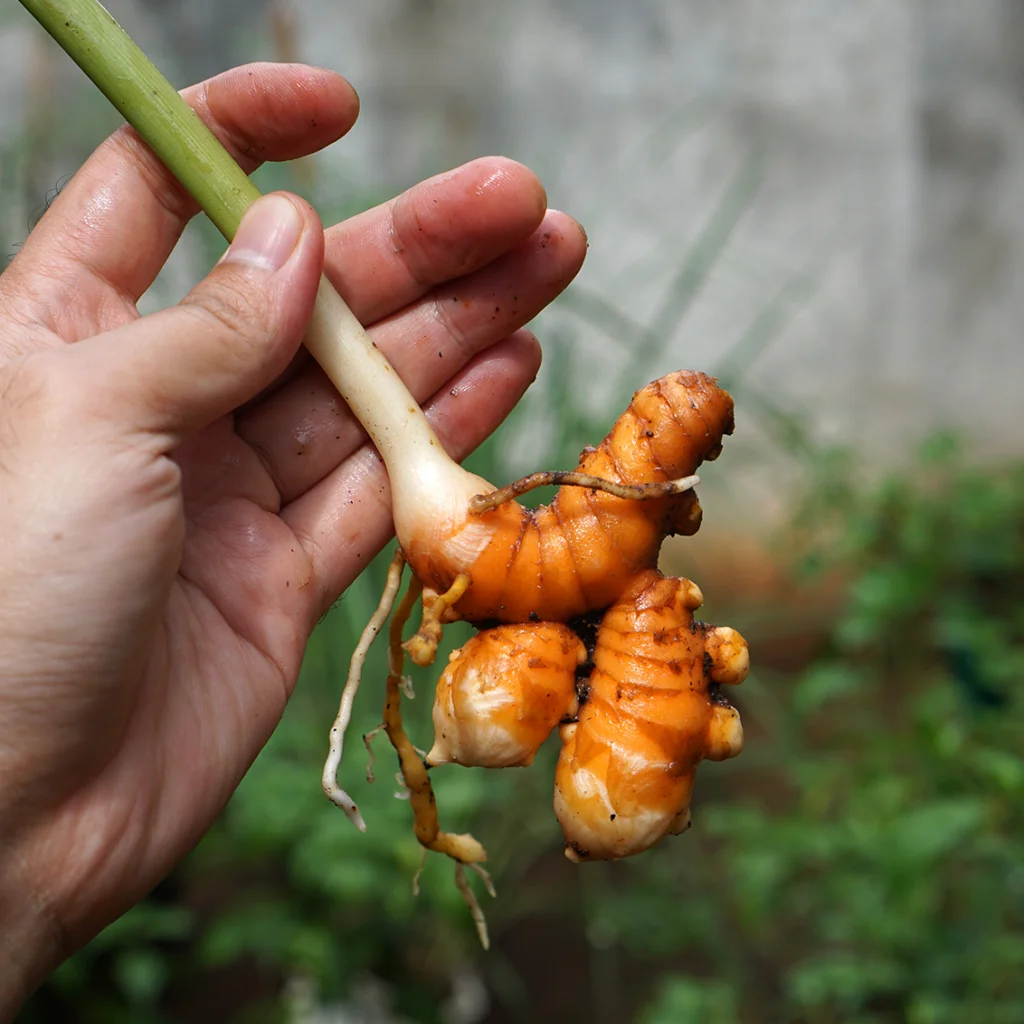
Turmeric (Curcuma longa) is a beautiful richly orange rhizome from the ginger or Zingiberaceae family that is native to tropical South Asia. The Latin name Curcuma originates from the Persian word kirkum, meaning “saffron,” alluding to the distinct deep golden orange coloring of the rhizome. This strong coloring is used to add a yellow tinge to various foods, as well as fibers for cloth. The warming, aromatic spice has a long history of use in both food and medicine across many cultures. Turmeric was commonly consumed with black pepper to increase the bioavailability of curcumin.
The earliest recorded use of turmeric dates back over 4,000 years to the Vedic culture in India, where it was revered as a culinary spice, panacea and held great religious significance.1 In traditional systems of medicine, such as Ayurveda and Traditional Chinese Medicine (TCM) turmeric has been used as a digestive tonic and anti-inflammatory agent, applied in the treatment of digestive concerns such as flatulence, colic and appetite loss, as well as menstrual disorders, pain and joint disorders.2
Over 100 different phytochemical compounds have been identified in turmeric, including volatile oils such as turmerone and zingiberene, and the curcuminoids that give the rhizome its iconic rich coloring. Curcuminoids consist of curcumin, demethoxycurcumin, 5’-methoxycurcumin, and dihydrocurcumin, and are well known for their antioxidant activity.1
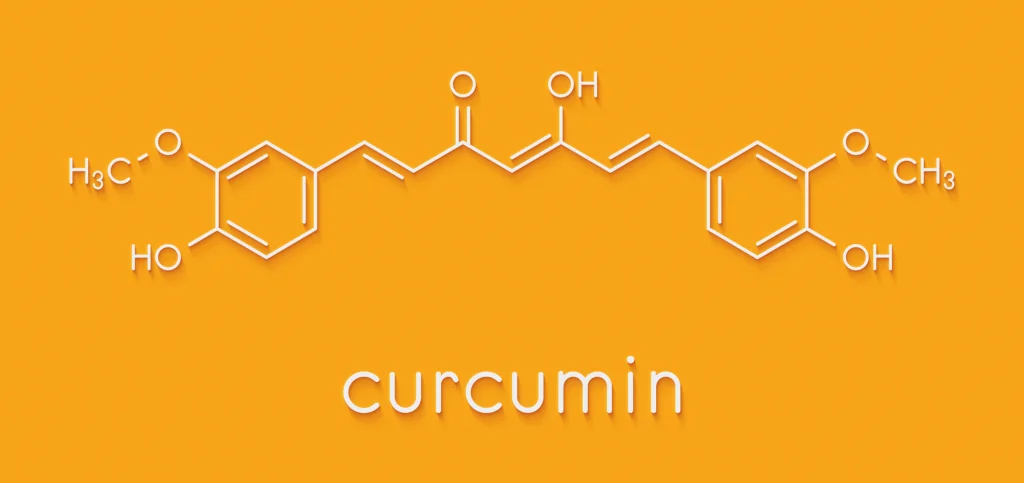
Curcumin modulates the inflammatory response by down-regulating the activity of COX-2, lipoxygenase, and inducible nitric oxide synthase enzymes, and inhibit the production of the inflammatory cytokines TNF, and interleukins 1, 2, 6, 8, & 12.
Curcumin is also a strong antioxidant that scavenges reactive oxygen species (ROS), decreases lipid peroxidation, and stimulates antioxidant enzymes, including catalase, superoxide dismutase (SOD), glutathione peroxidase, and heme oxygenase, thereby protecting cells and tissues against oxidative damage.3,4
Curcumagalactomannoside (CGM) Technology increases Bioavailability of Curcumin
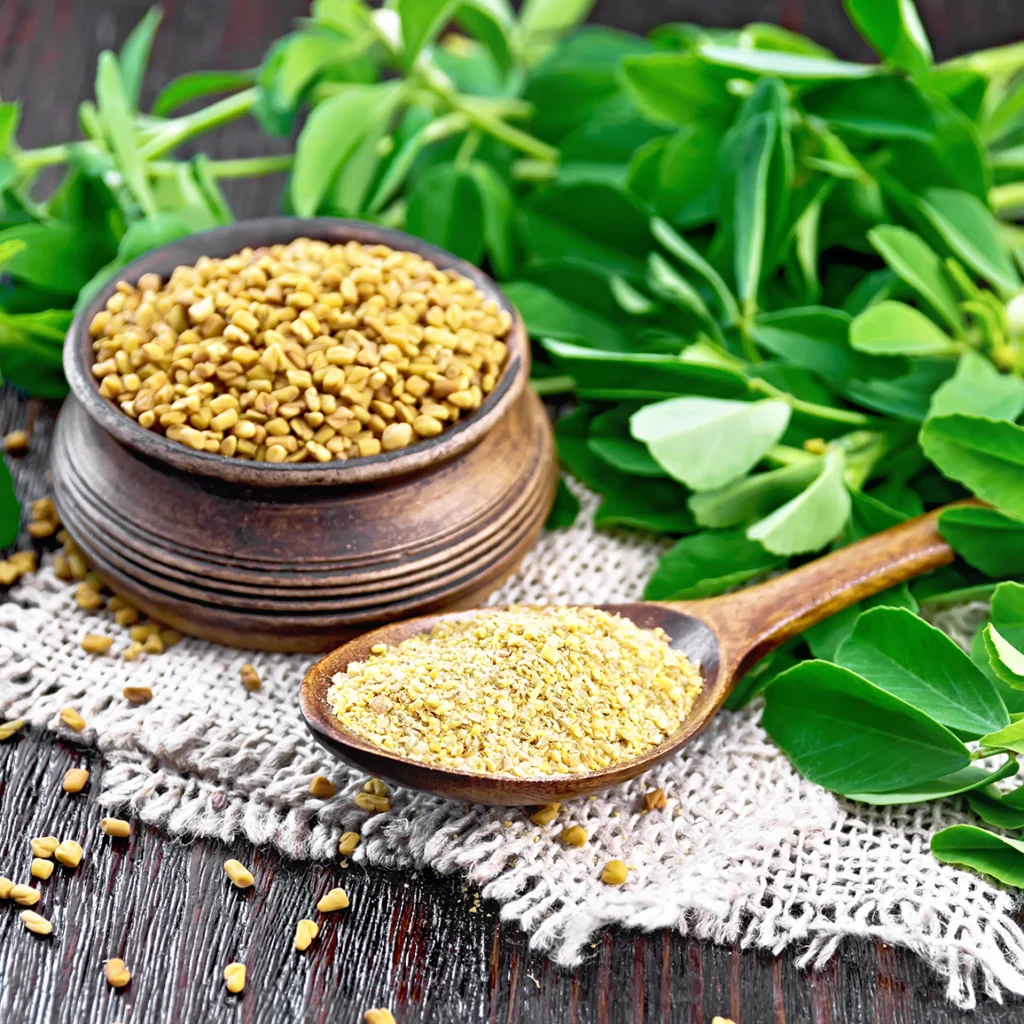
One of the challenges with turmeric formulations, however, is the relatively poor bioavailability of the curcuminoids, including curcumin, which are rapidly metabolized in the intestines and liver. Traditionally, turmeric was often formulated with black pepper to help increase its effectiveness. Recent research has shown that a type of polysaccharide, or fiber, from fenugreek seeds known as galactomannan can also significantly increase the bioavailability of curcumin.
Curcumagalactomannoside (CGM) technology represents a significant advancement in enhancing the therapeutic efficacy of curcumin by increasing the bioavailability of free curcuminoids in systemic circulation. This delivery system complexes curcumin with soluble galactomannans from fenugreek, resulting in a water-dispersible, highly stable matrix that is more easily absorbed and dispersed. Studies have shown that CGM technology offers superior absorption, sustained release, and enhanced biological activity compared to unformulated curcumin extracts.5 In one clinical trial, this unique formulation of curcuminoids and fenugreek fiber demonstrated nearly 25 times the bioavailability of an equivalent amount of unformulated turmeric.6
Turmeric has shown efficacy in the management of numerous diseases, including cardiometabolic diseases, 7-12 Inflammatory Bowel Disease (IBD),13,14 degenerative joint disease,15,16 and cancer, 17 primarily through its significant anti-inflammatory and antioxidant effects. Optimizing free curcuminoid availability, however, is key to driving this anti-inflammatory activity and therapeutic outcomes. Several clinical trials have shown that CGM turmeric formulations improve both clinical outcomes and markers of inflammatory response in osteoarthritis, including mobility, stiffness, pain and serum levels of IL-1β, IL-6 and.15,16 In an animal model of Ulcerative Colitis (UC), a CGM formulation exerted a significantly stronger curative effect than unformulated curcumin, evidenced by enhanced antioxidant activities and decreased the level of inflammatory mediators and also suppressed the expression of inflammatory markers.18 Chronic stress, a driver of numerous inflammatory processes, has also responded favorably to the use of CGM formulations5
Clinical Applications of Turmeric and Curcumin
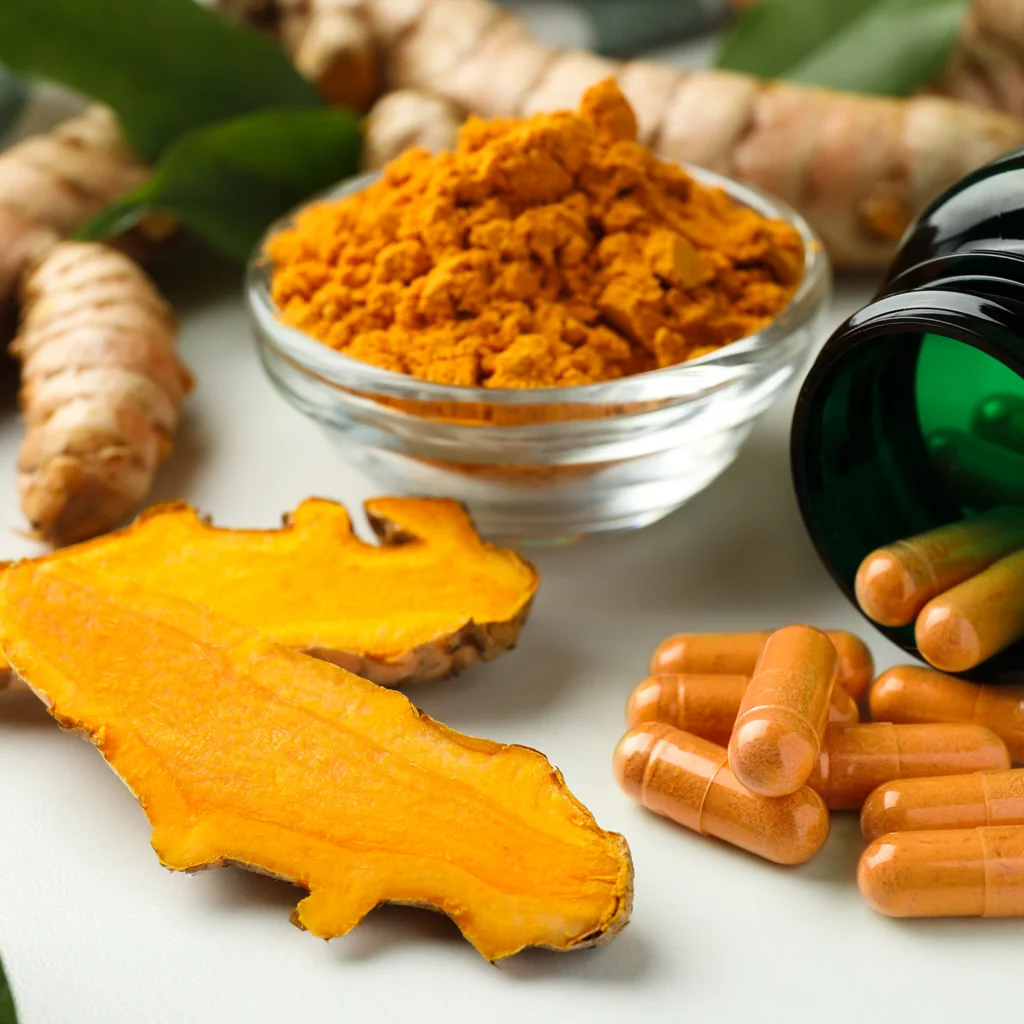
As a hepatoprotective herb with choleretic and cholagogue properties, turmeric is often used by herbalists to assist with digestion and assimilation of nutrients, as well as to assist with the body’s natural detoxification processes. In numerous models of oxidative stress and induced liver injury, curcumin has demonstrated a protective effect, upregulating both phase 1 and 2 detoxification, 19 inhibiting lipid peroxidation and preserving the integrity of cell membranes.20
Notably, in a model of alcohol-induced liver damage, supplementation with a CGM extract reversed all of the pathological effects of alcohol administration, almost close to the normal level, when compared with unformulated natural curcuminoids. Histopathology of liver tissue also confirmed the better protective effect of the CGM formulation compared to non-CGM curcuminoids, indicating the enhancement in antioxidant and anti-inflammatory effects results from the improved bioavailability of CGM.21
Studies exploring the influence of curcumin supplementation on longevity have demonstrated that curcumin is able to influence age-accelerated physiological changes, including modulating levels of proteins involved in the aging process, such as sirtuins and AMPK, and inhibiting pro-aging proteins, such as NF-κB and mTOR, that contribute to both physical and cognitive age-related changes.22 In particular, recent research has highlighted the role of curcumin in supporting neurological health and reducing neuroinflammatory processes that damage mitochondrial function and neuroplasticity. The bioavailability of CGM preparations has been shown to extend to the brain, particularly the hippocampus, at both single and repeated dose administration, indicating improved blood-brain barrier permeability23 and therapeutic potential for addressing neuroinflammation and subsequent neurodegenerative consequences.
This improved bioavailability is further evidenced by a clinical trial that showed an increase in α and β waves and reduction in α/β ratio in the CGM group, indicating that CGM can influence the brain waves in healthy subjects in a manner consistent with penetration of the blood-brain-barrier.24 Additionally, the EEG results correlated with improved audio-visual and working memory tests, which further support the role of CGM on memory improvements and fatigue reduction.24
Safety and Dosing
Safety studies into CGM formulations have established a strong safety profile for the highly bioavailable curcuminoid complex. A 90-day safety study confirmed that CGM supplementation did not cause adverse effects or significant variations in clinical parameters, indicating its safety for prolonged use.25 The use of turmeric, including CGM formulations, is considered contraindicated in cases of biliary obstruction, and is cautioned against in those with stomach ulcers or hyperacidity. Individuals with gallstones should only use turmeric under the guidance of a trained healthcare professional.2,26 Because turmeric may have both antiplatelet and blood-thinning activity, individuals on blood-thinning medications should exercise caution when considering use and speak with their healthcare provider prior to use.26
Just like improved bioavailability of curcumin, dosage is key to driving therapeutic outcomes. Clinical studies using CGM preparations indicate that turmeric in this form dosed at approximately 120 mg of curcumin daily produces significant benefit when compared to the same dosage of unformulated curcumin.15,16
Did you know Wholistic Matters is powered by Standard Process? Learn more about Standard Process’ whole food-based nutrition philosophy.
- Benzie IF, Wachtel-Galor S. Herbal medicine: biomolecular and clinical aspects. 2011;
- Blumenthal M, Bundesinstitut für Arzneimittel und Medizinprodukte . Commission E. Herbal medicine : expanded Commission E monographs. 1st ed. Expanded Commission E monographs. Integrative Medicine Communications; 2000.
- Jakubczyk K, Drużga A, Katarzyna J, Skonieczna-Żydecka K. Antioxidant Potential of Curcumin-A Meta-Analysis of Randomized Clinical Trials. Antioxidants (Basel). Nov 6 2020;9(11)doi:10.3390/antiox9111092
- Dehzad MJ, Ghalandari H, Nouri M, Askarpour M. Antioxidant and anti-inflammatory effects of curcumin/turmeric supplementation in adults: A GRADE-assessed systematic review and dose–response meta-analysis of randomized controlled trials. Cytokine. 2023/04/01/ 2023;164:156144. doi:https://doi.org/10.1016/j.cyto.2023.156144
- Pandaran Sudheeran S, Jacob D, Natinga Mulakal J, et al. Safety, Tolerance, and Enhanced Efficacy of a Bioavailable Formulation of Curcumin With Fenugreek Dietary Fiber on Occupational Stress: A Randomized, Double-Blind, Placebo-Controlled Pilot Study. J Clin Psychopharmacol. Jun 2016;36(3):236-43. doi:10.1097/jcp.0000000000000508
- Kumar D, Jacob D, Ps S, et al. Enhanced bioavailability and relative distribution of free (unconjugated) curcuminoids following the oral administration of a food-grade formulation with fenugreek dietary fibre: A randomised double-blind crossover study. Journal of Functional Foods. 2016/04/01/ 2016;22:578-587. doi:https://doi.org/10.1016/j.jff.2016.01.039
- Cox FF, Misiou A, Vierkant A, et al. Protective Effects of Curcumin in Cardiovascular Diseases-Impact on Oxidative Stress and Mitochondria. Cells. Jan 20 2022;11(3)doi:10.3390/cells11030342
- Yuan F, Dong H, Gong J, et al. A Systematic Review and Meta-analysis of Randomized Controlled Trials on the Effects of Turmeric and Curcuminoids on Blood Lipids in Adults with Metabolic Diseases. Advances in Nutrition. 2019/09/01/ 2019;10(5):791-802. doi:https://doi.org/10.1093/advances/nmz021
- Hajleh MNA, Al-Dujaili EAS. Effects of Turmeric Concentrate on Cardiovascular Risk Factors and Exercise-Induced Oxidative Stress in Healthy Volunteers; an Exploratory Study. Adv Pharm Bull. Jul 2023;13(3):601-610. doi:10.34172/apb.2023.052
- Oliver JM, Stoner L, Rowlands DS, et al. Novel Form of Curcumin Improves Endothelial Function in Young, Healthy Individuals: A Double-Blind Placebo Controlled Study. Journal of Nutrition and Metabolism. 2016;2016(1):1089653. doi:https://doi.org/10.1155/2016/1089653
- Tang WW, Huang FF, Haedi AR, Shi QY. The effect of curcumin supplementation on endothelial function and blood pressure in patients with metabolic disorders: A meta-analysis of meta-analyses. Prostaglandins Other Lipid Mediat. Dec 2024;175:106900. doi:10.1016/j.prostaglandins.2024.106900
- Balakumar P, Venkatesan K, Abdulla Khan N, et al. Mechanistic insights into the beneficial effects of curcumin on insulin resistance: Opportunities and challenges. Drug Discov Today. Jul 2023;28(7):103627. doi:10.1016/j.drudis.2023.103627
- Jafarzadeh E, Shoeibi S, Bahramvand Y, et al. Turmeric for Treatment of Irritable Bowel Syndrome: A Systematic Review of Population-Based Evidence. Iran J Public Health. Jun 2022;51(6):1223-1231. doi:10.18502/ijph.v51i6.9656
- Lin Y, Liu H, Bu L, Chen C, Ye X. Review of the Effects and Mechanism of Curcumin in the Treatment of Inflammatory Bowel Disease. Front Pharmacol. 2022;13:908077. doi:10.3389/fphar.2022.908077
- Khanna A, Das SS, Smina TP, et al. Curcumagalactomannoside/Glucosamine Combination Improved Joint Health Among Osteoarthritic Subjects as Compared to Chondroitin Sulfate/Glucosamine: Double-Blinded, Randomized Controlled Study. J Altern Complement Med. Oct 2020;26(10):945-955. doi:10.1089/acm.2020.0128
- Thomas JV, Smina TP, Khanna A, et al. Influence of a low-dose supplementation of curcumagalactomannoside complex (CurQfen) in knee osteoarthritis: A randomized, open-labeled, active-controlled clinical trial. Phytother Res. Mar 2021;35(3):1443-1455. doi:10.1002/ptr.6907
- Almatroodi SA, Syed MA, Rahmani AH. Potential Therapeutic Targets of Curcumin, Most Abundant Active Compound of Turmeric Spice: Role in the Management of Various Types of Cancer. Recent Pat Anticancer Drug Discov. 2021;16(1):3-29. doi:10.2174/1574892815999201102214602
- Sheethal S, Ratheesh M, Jose SP, et al. Anti-ulcerative effect of curcumin-galactomannoside complex on acetic acid-induced experimental model by inhibiting inflammation and oxidative stress. Inflammation. 2020;43:1411-1422.
- Muhammad I, Wang H, Sun X, et al. Dual Role of Dietary Curcumin Through Attenuating AFB(1)-Induced Oxidative Stress and Liver Injury via Modulating Liver Phase-I and Phase-II Enzymes Involved in AFB(1) Bioactivation and Detoxification. Front Pharmacol. 2018;9:554. doi:10.3389/fphar.2018.00554
- Ruiz de Porras V, Figols M, Font A, Pardina E. Curcumin as a hepatoprotective agent against chemotherapy-induced liver injury. Life Sciences. 2023/11/01/ 2023;332:122119. doi:https://doi.org/10.1016/j.lfs.2023.122119
- Mohan R, Jose S, Sukumaran S, et al. Curcumin-galactomannosides mitigate alcohol-induced liver damage by inhibiting oxidative stress, hepatic inflammation, and enhance bioavailability on TLR4/MMP events compared to curcumin. J Biochem Mol Toxicol. Jun 2019;33(6):e22315. doi:10.1002/jbt.22315
- Izadi M, Sadri N, Abdi A, et al. Longevity and anti-aging effects of curcumin supplementation. Geroscience. Jun 2024;46(3):2933-2950. doi:10.1007/s11357-024-01092-5
- Kannan RG, B. AM, Kumar D, et al. Brain regional pharmacokinetics following the oral administration of curcumagalactomannosides and its relation to cognitive function. Nutritional Neuroscience. 2022/09/02 2022;25(9):1928-1939. doi:10.1080/1028415X.2021.1913951
- Khanna A, Syam DS, R. K, et al. The effects of oral administration of curcumin–galactomannan complex on brain waves are consistent with brain penetration: a randomized, double-blinded, placebo-controlled pilot study. Nutritional Neuroscience. 2022/06/03 2022;25(6):1240-1249. doi:10.1080/1028415X.2020.1853410
- Pancholi V, Smina TP, Kunnumakkara AB, Maliakel B, Krishnakumar IM. Safety assessment of a highly bioavailable curcumin-galactomannoside complex (CurQfen) in healthy volunteers, with a special reference to the recent hepatotoxic reports of curcumin supplements: A 90-days prospective study. Toxicol Rep. 2021;8:1255-1264. doi:10.1016/j.toxrep.2021.06.008
- Mills SY, Bone K. The essential guide to herbal safety. Elsevier Health Sciences; 2004.
